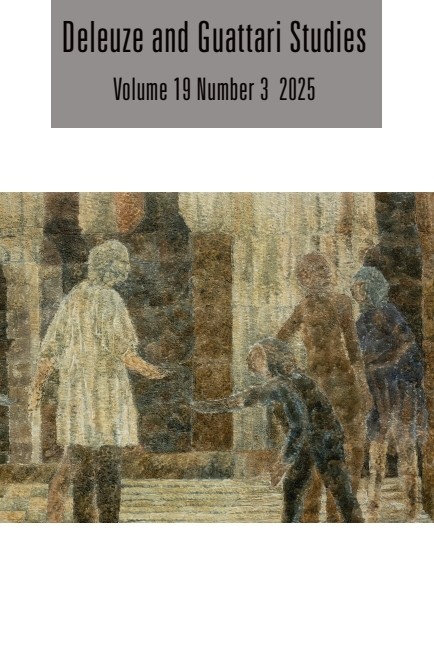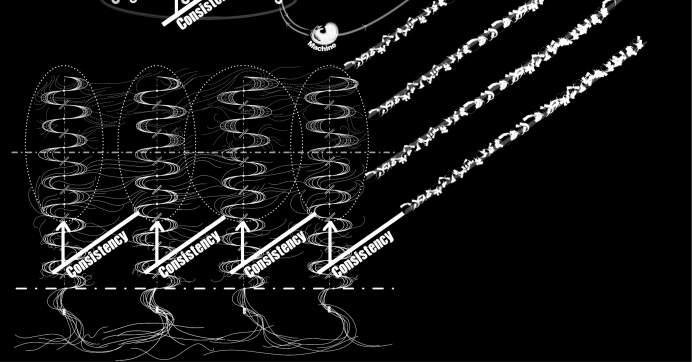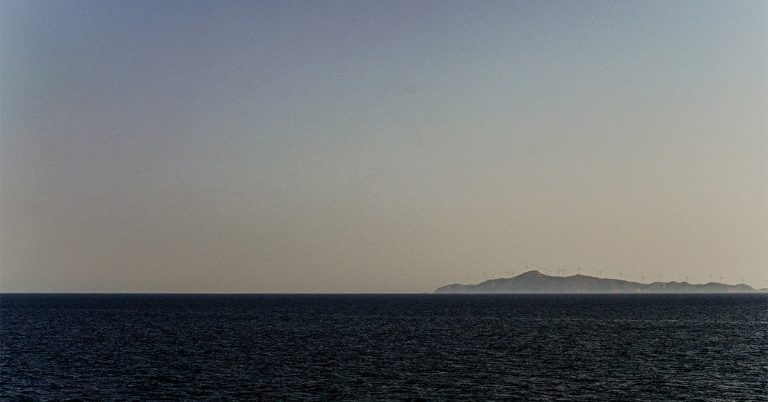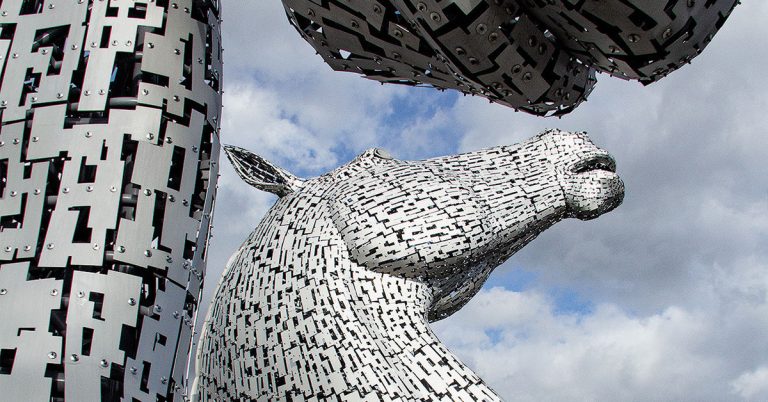
By Dr Gareth Abrahams

Dr Gareth Abrahams is the author of Drawing-out Deleuze and Guattari’s assemblage: new insights for geography in issue 19.3 of Deleuze and Guattari Studies.
Assemblages seem to be everywhere these days. With every year that passes we find more articles announcing the discovery of a new assemblage. These articles have revealed town-assemblages and city-assemblages. They identify assemblages scattered along the pavement, in the sky over our heads, the ground below our feet and distributed around our homes. Looking across these discoveries we can make out the shape of a new formula for Deleuze and Guattari-inspired theory. The future of such scholarship is increasingly defined by the X Assemblage where X can be anything you (don’t) want it to be.
At first glance this seems to be a fantastic breakthrough. Deleuze and Guattari’s ideas are clearly spreading outwards from philosophy into the arts, humanities and social sciences. But amidst this flurry of excitement something very important has been overlooked. If everything and anything can be re-qualified as an assemblage, then the concept becomes meaningless. The concept becomes so fuzzy we soon find that it is not there at all. It simply cancels itself out leaving the word as a remainder, or perhaps as a ‘trace’.
So, how do we avoid this path towards the X assemblage? The answer to this question can be found in the way we read (or indeed if we read) Deleuze and Guattari’s texts. Buchanan has already shown us that many of the assemblages ‘discovered’ within the spatial disciplines are not based on Deleuze and Guattari’s definition of the term. Most of these rely on second or third-hand readings of their work. Even when we find studies with direct references to their texts, they are rarely explored in-depth, and most do not extend beyond the axial definition presented in the conclusion to A Thousand Plateaus. I would like to suggest, therefore, that the X assemblage is not produced by moving outwards from Deleuze and Guattari’s philosophy, but by not starting from within Deleuze and Guattari’s philosophy in the first place.
But we must be careful here not to reserve this starting point for the ‘philosophers’. Like many other Deleuze and Guattarian theorists, I did not find their work through a formal philosophical education. I found it through architecture. My interest started in 2002 at l’Ecole d’Architecture de Lille when the professor of architecture Jean Claude Burdese told me that my drawings were both striated and smooth. When I asked for an explanation, I was directed to several readings from A Thousand Plateaus and nothing more. This riddle marked my own starting point – not as architecture imitating philosophy or about philosophy imitating architecture but as something that passes between.
Like many architects I often find that I am more comfortable with diagrams and sketches than I am with words. And so, in 2016 I began an experiment to draw-out A Thousand Plateaus. These started out as scribbles in a sketchbook. When I ran out of space, I plastered A1 sheets of paper across my office walls and extended them across the room. When these surfaces were covered, and I realised the ceiling tiles were not strong enough to carry the weight of the paper, these pen and ink drawings became digital drawings.
There have been key stages in this architectural / philosophy process when I have turned drawings into academic papers. Two of these are published in Deleuze and Guattari Studies. In the first (Abrahams, 2020), I map the relationship between the strata and the machinic assemblage as presented in the 3rd chapter of A Thousand Plateaus. This year (2025) I have published a second paper that focuses on one of the most insightful, yet under-studied descriptions of the assemblage presented within Deleuze and Guattari’s corpus. Here I draw-out a movement that takes us through many states: from chaos to the milieu, the infra-assemblage, the intra-assemblage, the inter-assemblage and beyond to the cosmos. Not only does this exegesis provide Deleuze and Guattarian scholars with new insight into these concepts, but it also reveals new lines of enquiry within geography. As an alternative to the X assemblage, it suggests that we need to use the cartographic skills we find in the spatial disciplines to map-out a geography of milieus, geographies of the assemblage, machinic geographies and to ask how and where these relate to each other within a broader geography of the refrain.
The drawings presented in these papers are part of my ongoing diagrammatic (or architectural) reading of their work. And, if there is one thing I learned from this process, drawing-out almost always leads to re/drawing just as acts of territorialisation are almost always followed by acts of de/re-territorialisation…
Read the full article ‘Drawing-out Deleuze and Guattari’s assemblage: new insights for geography‘ in Deleuze and Guattari Studies.
About the Author
Dr Gareth Abrahams is a leading scholar in the relationship between philosophy and architectural theory. His unique approach draws together a detailed and intricate reading of philosophical texts with over 10-years’ industry experience working as a practising architect. He has published extensively in the field of philosophy and its relation to architecture, art, and planning. This includes a monograph with Routledge and articles in Deleuze and Guattari Studies. By using a range of diagrams and detailed design drawings to help navigate and engage with these links, his work provides fresh insight into some of the most abstract concepts in Continental and American philosophy. Gareth gained his PhD from the University of Cardiff and currently works at the University of Liverpool. He is currently at the final stages of a monograph entitled Drawing out Peirce: from chaos to the edge of meaning which will be published by Edinburgh University Press.






